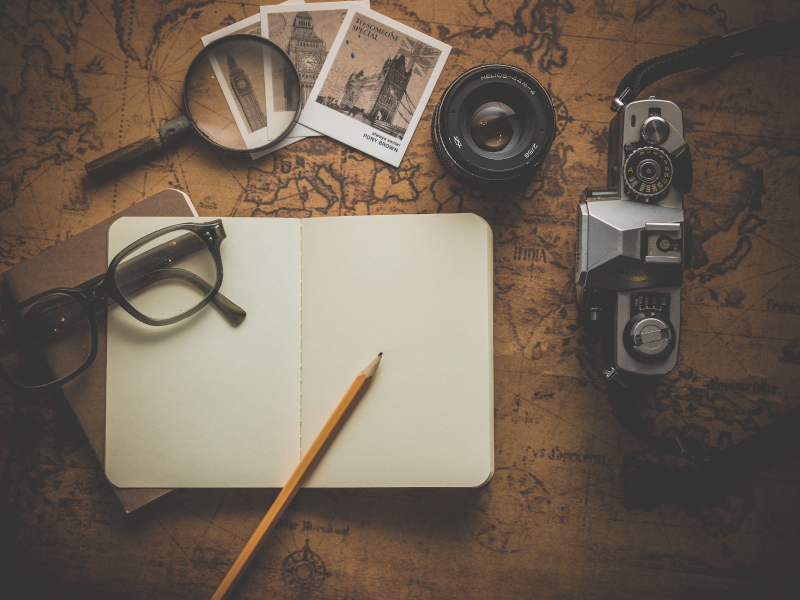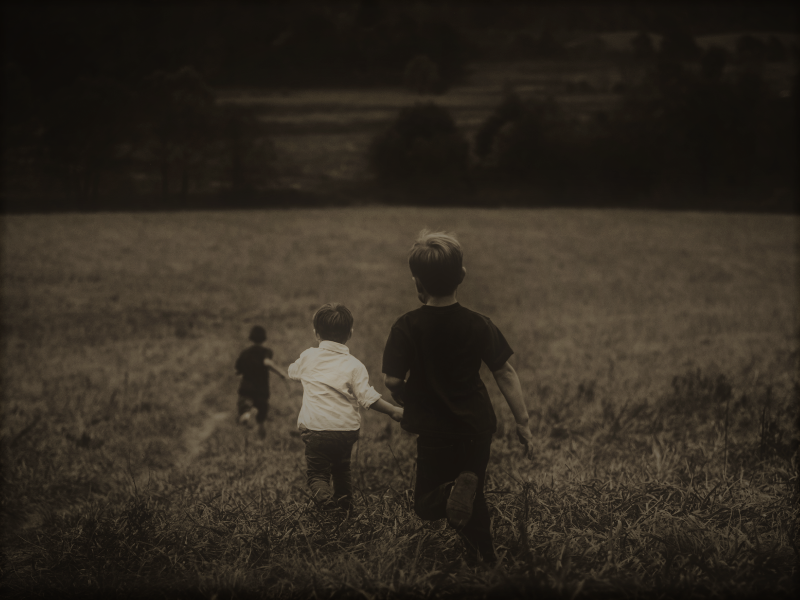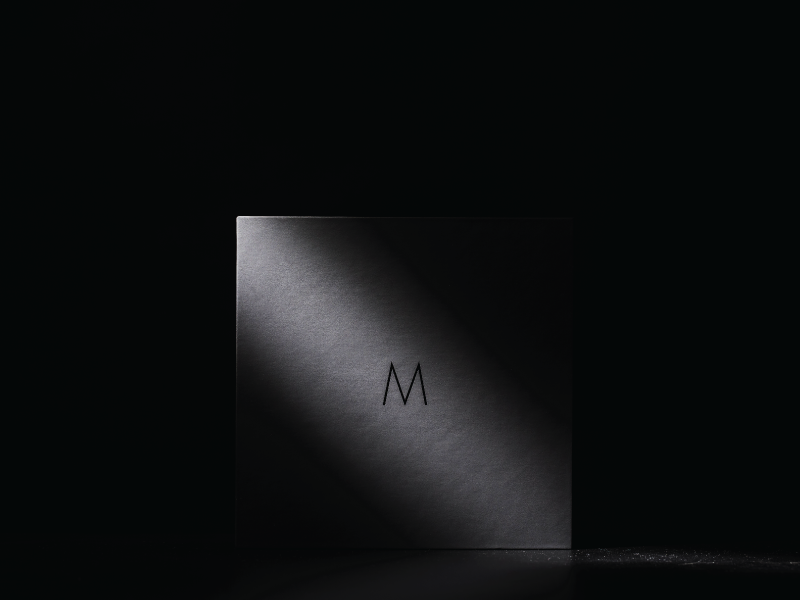What quest, challenge, or invitation is presented to your Hero? What choices? How does it highlight the overall dramatic question of your story?
Our hero must be presented with a challenge, and one that will create a necessity for our hero to have to decide, on their own, if they want to embark on such an adventure. The Call to Quest is often presented to our hero by a Herald character, though it doesn’t necessarily need to be a human or creature character, it could also be an incident, or potentially occur within the Inciting Incident.
The Call to Quest forces our hero into a major decision: To refuse the call to quest and continue on in the comfort of their known world; or, heed the call to quest, thrusting themselves into the Unknown World, which they know little or nothing about…especially the dangers that lurk in the shadows of the Unknown World.
| Join Adam and Devin on their quest to breakdown the Call to Quest story event! |
Podcast: Play in new window | Download
Subscribe: RSS








